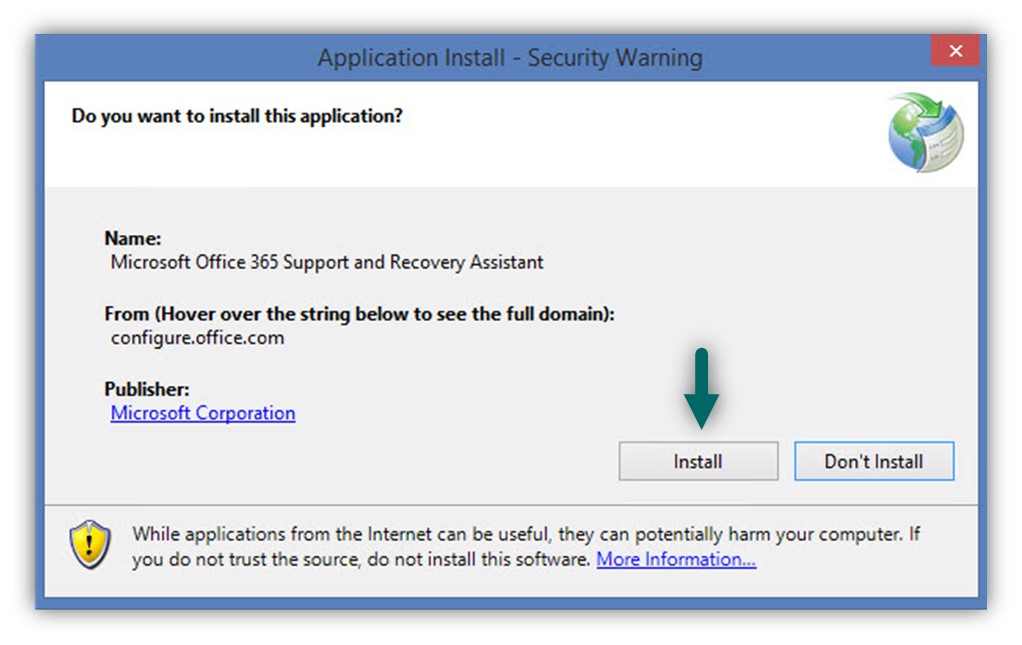

To know more about what log files are created by the Support and Recovery Assistant, search for your scenario in the table below under the “Scenario” column and view the relevant information in the same row. If you are unable to sign in, your log files will not be sent to Microsoft. Note, if you are not signed into the Support and Recovery Assistant when you click Send, you will be prompted to sign in.

The following image is an example screen where log files are collected during a scenario and there are options to view the log files and to send the logs to Microsoft. The only time you would want to send log files from the Support and Recovery Assistant to Microsoft is when you are working with Microsoft Support and the log files need to be reviewed. So it can troubleshoot any new Outlook problems.When you run a scenario in the Support and Recovery Assistant, some log files may be created and you will be given an opportunity to send these files to Microsoft. Each time you run the Microsoft Office 365 Support and Recovery Assistant, it automatically updates to the newest version. Such as verifying users credentials, licenses, updates to Outlook clients and whether Outlook servers are reachable.ĭepending on the results of the test, Office 365 Support and Recovery Assistant will offer to automatically fix the problems you are having or it will provide you with instructions on recommended solutions for your issues.Īll the diagnostic results from running the Office 365 Support and Recovery Assistant are saved in a log file for users to share with their support engineers and or Outlook admin, for further investigation. The Office 365 Support and Recovery Assistant, performs a series of diagnostics tests to identify the root cause of the issues occurring. The Microsoft Office 365 Support and Recovery Assistant helps users troubleshoot and fix their account and or profile related Outlook issues. Back in June, Microsoft released the first look public beta of the Office 365 Support and Recovery Assistant.


 0 kommentar(er)
0 kommentar(er)
